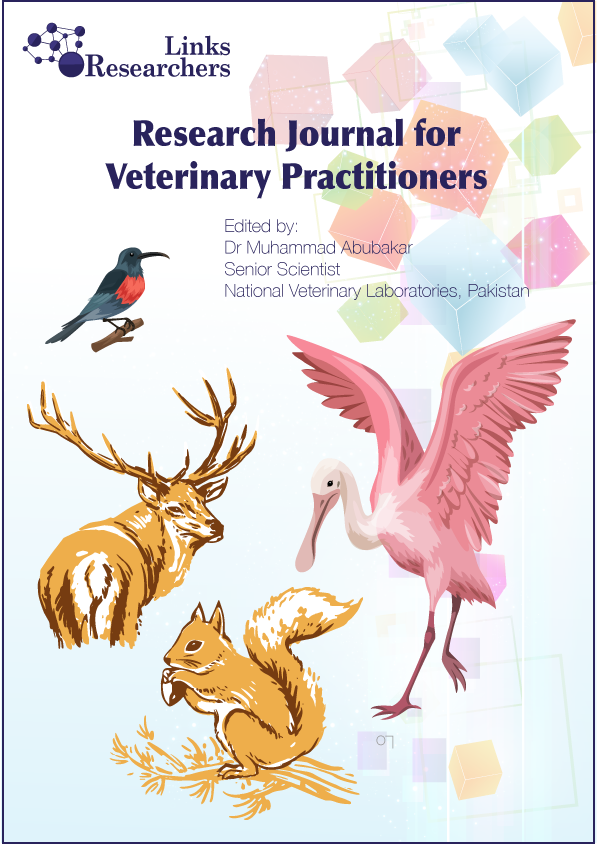Ouedraogo Oumar1,2, Tianhoun Denté Fidèle2,4*, Séré Modou3, Kaboré Adama2, Tamboura H. Hamidou2 and Belem Adrien Marie Gaston4
Zahra Hussain, Zulfiqar Ali* and Rida Ahmad
Hagar Magdy Ahmed1, Mohamed Mahrous Amer2*, Khaled Mohamed Elbayoumi1 , Sameh Abdel- Moez Ahmed Amer1, Asmaa Mahmoud Matoaq1 , Mohamed Abdel Aziz Kutkat1, Gomaa Abd El-Rhim Abdel-Alim2
Muhammad Nadeem1, Muhammad Rizwan2,3*, Tanveer Ahmad4, Muhammad Kashif5, Aneela Zameer Durrani2, Muhammad Ali6, Asghar Abbas7, Safder Imran8, Sidra Saher9, Syeda Fakhra Waheed10
Yoshio Hamano1*, Yasuji Kurimoto2
Sameh Abdel-Moez Ahmed Amer1*, Aly Mohammed Ghetas1, Asmaa Mahmoud Maatouq1, Hagar Magdy Ahmed1, Khaled Mohamed El-Bayoumi1, Mohamed Abd El-Rahman Bosila1, Ahmed Ali El-Shemy2
Swagata Das Gupta1, Majharul Islam1, Towhida Kamal2,Md. Rayhan Faruque3,Md. Shohel Al Faruk4*
Kunlayaphat Wuthijaree1, Pattaraporn Tatsapong1, Sukanya Yung-Rahang2, Prayad Thirawong2, Koonphol Pongmanee2*






